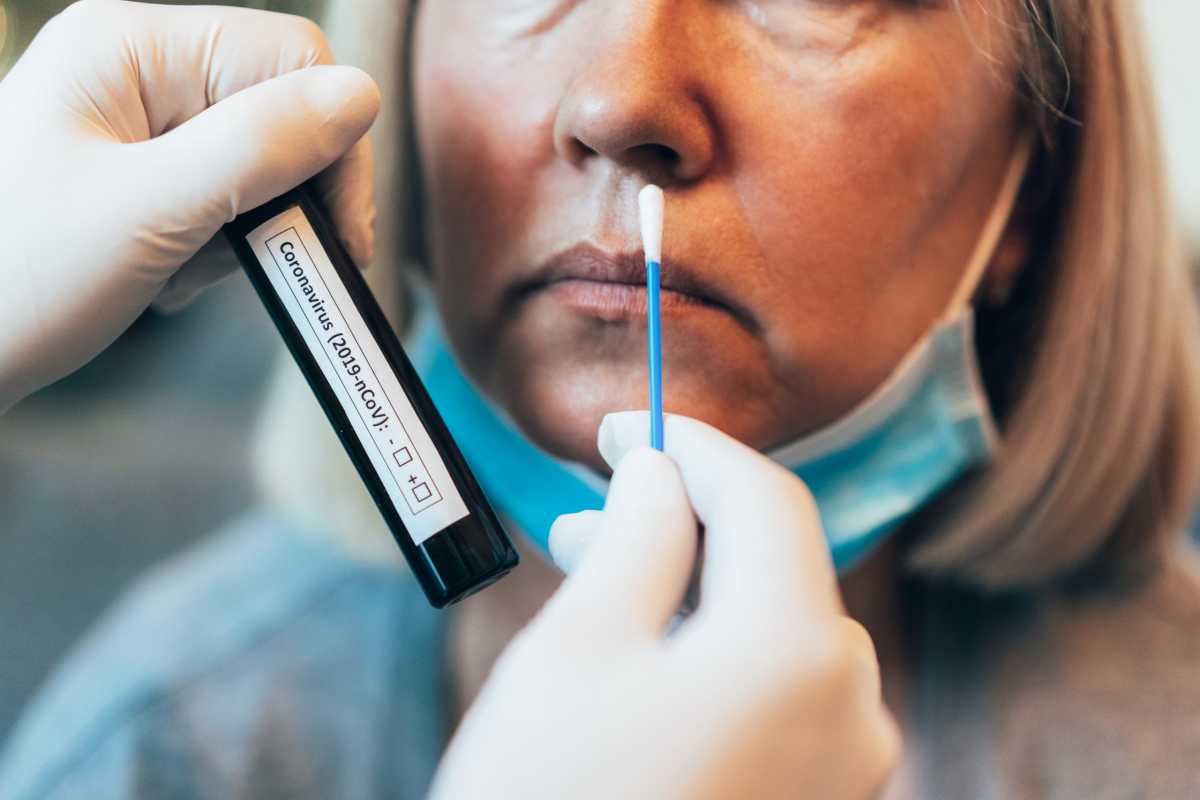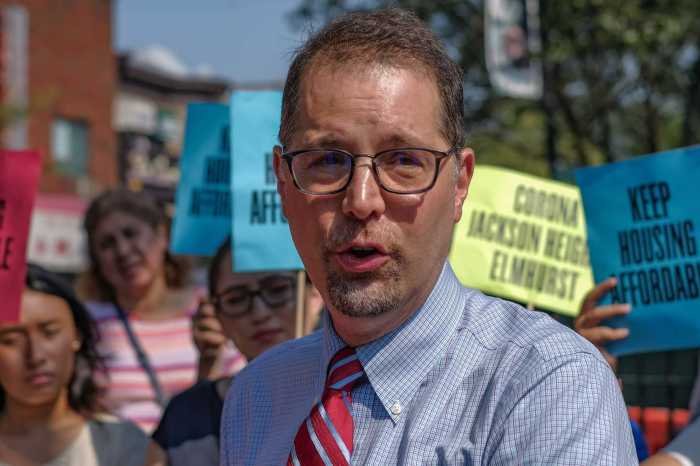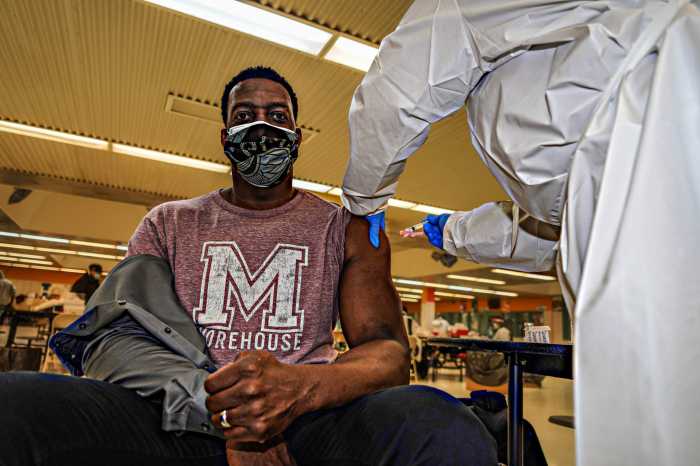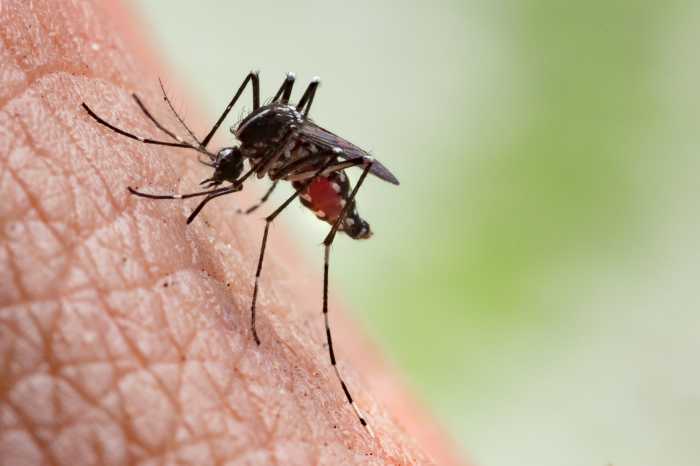With eleven zip codes in New York City maintaining an infection above 10%, local officials are attributing it simply to community spread which they say can be fixed with proper personal behavior.
The city Department of Health and Mental Hygiene on Sunday told amNewYork Metro they have made concerted efforts to put these numbers in line with the rest of the five boroughs while the stateside seven-day average remains at 3.45%, but that it’s ultimately in the hands of New Yorkers.
“We are still seeing ongoing community transmission in NYC. That’s why it’s critical we all continue to follow precautions: get tested, stay home if sick, mask up, maintain distance, wash hands, and get vaccinated if you’re eligible,” DOHMH spokesman Michael Lanza said. “We put a tremendous amount of effort into disrupting transmission, including the largest test and trace operation in the country. We offer hotels to people who cannot isolate safely at home along with other services. We also have an aggressive advertising campaign to inform NYers about the spread of COVID and the precautions to prevent its transmission.”
There are five zip codes in Queens, four in Brooklyn and two in Staten Island that have sustained a seven-day percent positivity at or above 10%, listed as follows: 11355, 11229, 11421, 11214, 10307, 11235, 10308, 11354, 11419, 11414 and 11204.
DOHMH Commissioner Dave Chokshi acknowledged that some communities are still struggling with the prevalence of COVID-19 among themselves and their neighbors on March 23, but offered no action on the part of the agency he leads in terms of bringing those numbers to levels comparable to adjacent areas.
“This is something that we as New York City have a lot of agency with respect to how we can continue the fight against COVID-19. All of the things that you’ve heard us say that we know works with respect to beating back the virus,” Chokshi said. “Those are the things that will help us in what is ultimately, you know, a tug of war between nature and New Yorkers, and in that match, I’m going to bet on New Yorkers because we’ve shown that we can do the things that do work with respect to curbing the spread of COVID-19. Now is the time for us to recommit to do that, to hold on so that we can make that the homestretch of what has been a marathon for the city.”
There does, however, appear to be some improvement over the past week after Councilman Mark Levine, the chair of the Committee on Health, highlighted 25 zip codes across the city with over 10% positivity which as of Sunday was down to 11, as indicated by the DOHMH.
On March 22, Mayor Bill de Blasio suggested that there may be little the city government can do to shrink the infection rates in neighborhoods with high rates of infection apart from vaccinating.
“We’re watching this all the time. I don’t want to do theoreticals, because I don’t think that does justice to the subject. I’d say it this way. We need to get everyone vaccinated,” de Blasio said. “We can get vaccinated as quickly as possible. That is the one piece of the equation we fully control, and that is you know, a firm’s specific reality once someone’s vaccinated, they’re vaccinated changes the whole reality.”
State data shows that up to a quarter of New York City residents have received at least one dose of the vaccine, about 2,619,857, while 1,503,840 have been tallied as being completely vaccinated. In total, 49,321 New Yorkers across the state got the jab since Saturday.





























